3 Simple Tips to Get Married in the Caribbean
You dream of getting married in the Caribbean with your partner on a white sand beach, with cobalt waters and a magnificent sunset as a backdrop. A destination wedding can be a beautiful and often less expensive experience, but requires more extensive planning than most couples realize.
The more you know before you book your destination wedding, the better. Check out these tips to make the most of your Caribbean wedding!

1. Know the legal requirements inside and out.
Requirements to legally marry abroad.
Requirements vary considerably from one Caribbean nation to another (more on that below); in general, spouses hoping to marry abroad must submit:
- Birth certificate
- Passport and/or visa
- Driver’s license or another valid form of photo identification
- Proof of divorce (such as a divorce certificate) or widowhood (such as a death decree) if you were previously married
- Some Caribbean nations require spouses to undergo blood tests before legal ceremonies
Remember: both religious and non-religious ceremonies are binding.
Catholic weddings are common in the Caribbean; usually at least one of the spouses must already be a Catholic.
Depending on the branch of religion, there may be additional requirements. For example, some prospective spouses must provide copies of baptismal certificates or proof of membership several months in advance.
* Also, you should know that there is a waiting period of between 24 and 72 hours, depending on the country, so make sure you include those requirements in your schedule!
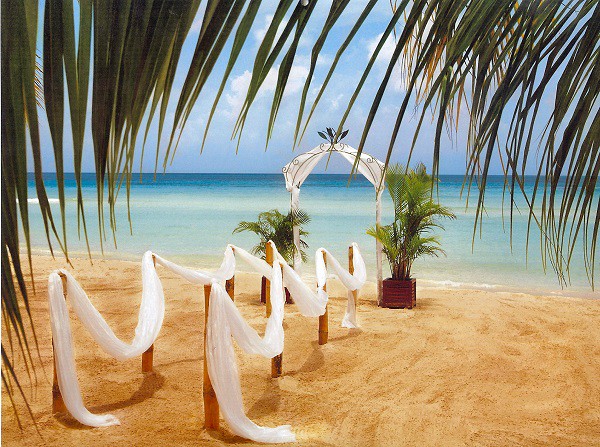
Requirements for a Symbolic Ceremony
If you don’t want to legally marry abroad, you may find it easier to plan a symbolic ceremony and complete the paperwork at home. You’ll enjoy all the pomp and circumstance of a foreign wedding ceremony while avoiding legal hassles such as international waiting periods and blood tests.
Symbolic ceremonies may also be preferred for same-sex couples in countries (such as Aruba) that define legal marriage as a union between a man and a woman.
The requirements for symbolic ceremonies are usually minimal. Regulations in countries like Jamaica require spouses to provide copies of their marriage certificates before participating in symbolic ceremonies.
If you’re not sure where you want to get married and you’re anxious to compare requirements in various nations, consult a destination wedding specialist. Some experts are very familiar with marriage requirements throughout the Caribbean and can help you narrow down potential placements based on their ability to comply with local regulations.
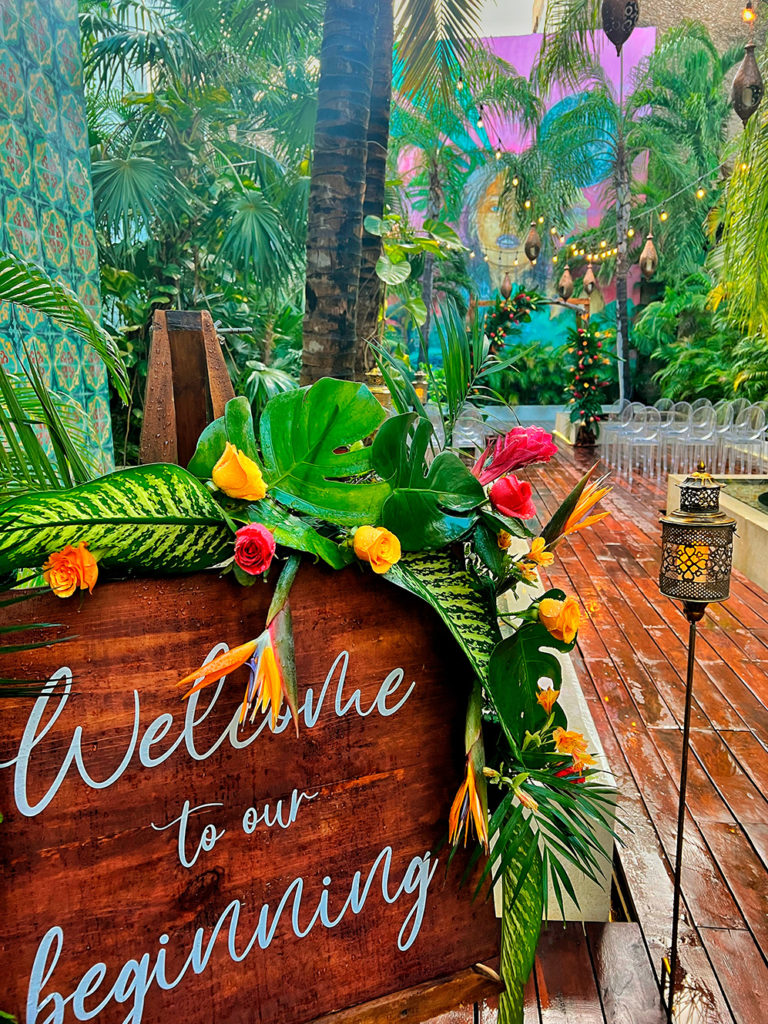
2. Be prepared to travel and get married in the Caribbean
Destination weddings are notoriously affordable compared to traditional weddings close to home. Still, budget concerns are sure to play a big role in the trip planning process. Keep the following considerations in mind when planning an affordable wedding abroad:
The cost of legal documents
Couples considering destination weddings sometimes worry about document fees, but these tend to be quite affordable.
Currency and exchange rate
Always consider the exchange rate for your currency of origin. Although traditionally, almost all prices are handled in US Dollars (USD), it is convenient to always be aware of the currency in which you are trading.
Travel with important documents.
If you choose to get married in the Caribbean through a legal ceremony, you will need to provide a variety of important documents. For your safety, experts recommend traveling with your passport and other travel documents with you whenever possible. Critical documents can easily be lost even if they are packed in carry-on luggage.
If a destination resort facilitates your wedding, you’re in luck: chances are you’ll be allowed to send a notarized copy of essential wedding documents to the resort of your choice. This limits the possibility of losing your birth certificate while traveling, as well as your divorce certificate or other essential documents.
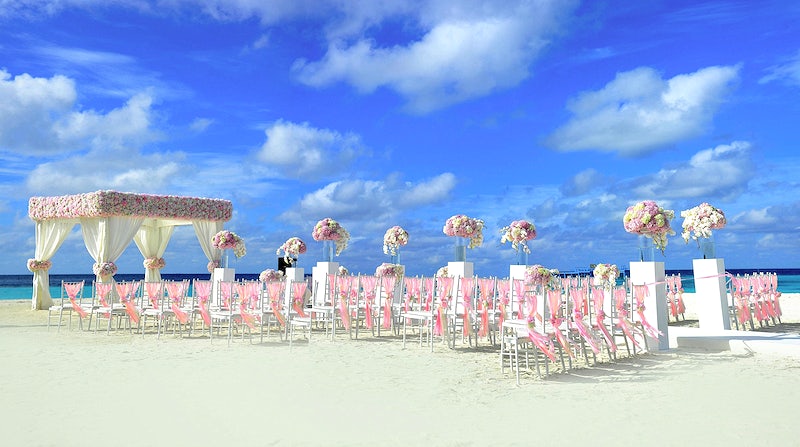
3. Plan the details of your wedding like a professional
Choose a date
Several factors will guide the selection of the wedding date. Do you demand perfect weather on your big day? Avoid storm season at all costs. However, if you are willing to risk rain for a price reduction, you may prefer an October wedding.
Keep in mind that the best resorts will see fewer crowds during the off-season. For the sweet spot between low prices, Beautiful weather and minimal crowds, book your wedding in late November or early December.
Do not forget the schedules of your guests! Holiday nuptials, while convenient for an intimate ceremony, may not be ideal for larger parties, as guests will be hampered by annual celebrations and other obligations.
Getting married in the Caribbean requires an additional element of planning, most brides and grooms agree that the beauty and serenity of a Caribbean wedding are well worth the effort. Additionally, destination wedding specialists will be happy to explain the logistics of getting married abroad. If you turn to the right resource for help, you’ll find planning the wedding of your dreams surprisingly easy.
Starting a life together with a Caribbean wedding can be an adventure in itself. However, if you want to make this paradise a frequent destination, we recommend investing a residence or apartment. At Select Riviera Maya Real Estate we have a portfolio that will surely fit your needs, tastes and budget. Contact us!
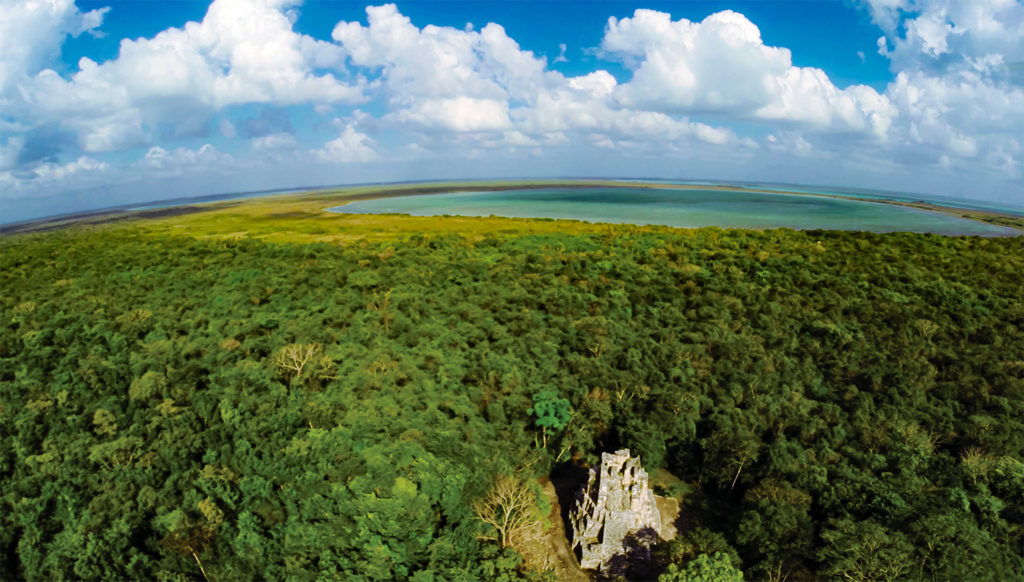
The Sian Ka’an Reserve
The state of Quintana Roo, in addition to its famous beaches and tourist attractions, is home to the Sian Ka’an Natural Reserve. (in Mayan: Sian Ka’an means ‘door to heaven’ or ‘place where the sky begins’). Which is a protected natural area located on the Caribbean coast of the state. It was declared a World Heritage Site by UNESCO in 1987 and a Ramsar site (number 1329) in 2003.
The Sian Ka’an Biosphere Reserve is located 140 km from Cancun and 10 km from Tulum. It occupies an area of 528,147 hectares, which belong to the Quintana Roo municipalities of Felipe Carrillo Puerto and Tulum. The “ejidos” that border the biosphere are Pino Suárez, Chunyaxché, Felipe Carrillo Puerto, X-Hazil Sur and Andrés Quintana Roo.
Sian Ka’an (whose name in Mayan means Gate of Heaven) is part of the geological province of the Yucatan Peninsula, and its main characteristic is the flatness of its terrain and that its surface is mainly made up of limestone, which prevents the formation of surface currents of water and favors the outcrop of some wells known as cenotes in Mexico.
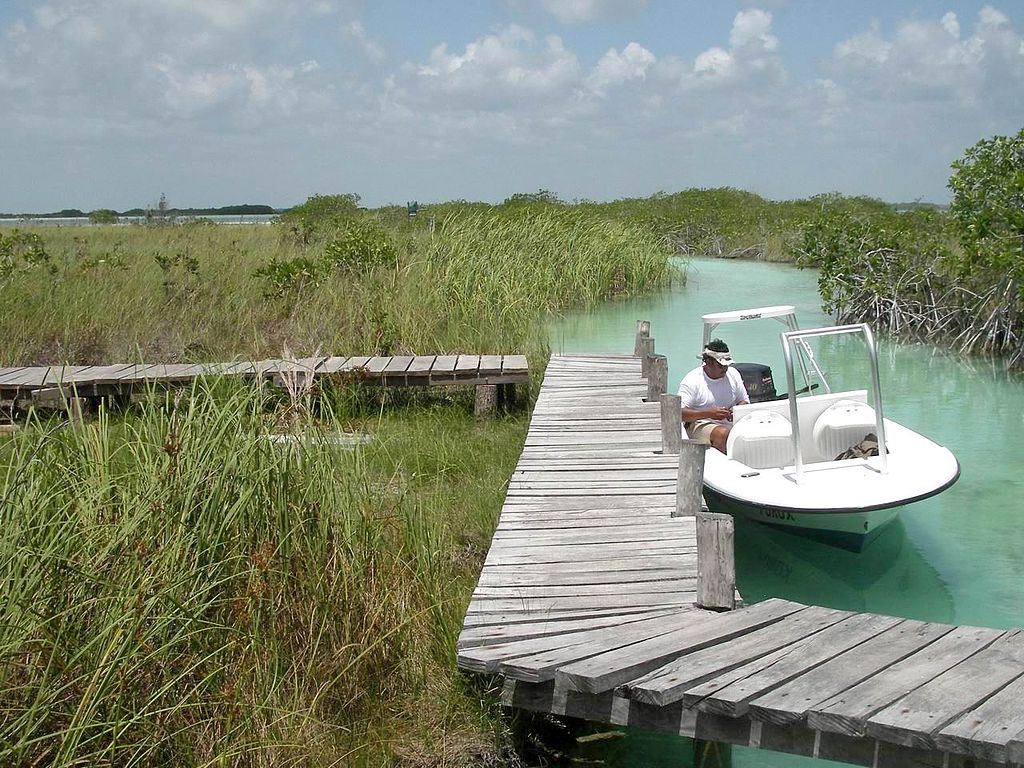
Off the coast of Sian Ka’an, in the Caribbean Sea, you will find the Mesamerican Coral Barrier, the second largest of its kind, after the Great Barrier Reef, off the east coast of Australia.
On the coast of this Biosphere Reserve there are wide white sand beaches, small bays and mangroves, among other ecological systems. Each of these spaces is home to different types of fauna. The climate is warm subhumid, and the rainy season occurs during the summer.
Due to its location off the Caribbean coast, Sian Ka’an is exposed to hurricanes that happen in the Caribbean Sea between the months of June and November. Due to the poor natural drainage of the area, in the rainy season a good part of its surface remains flooded in the summer. There are 4 types of mangroves: red mangrove, black mangrove, white mangrove and gray mangrove.
A very peculiar ecosystem in the Sian Ka’an wetlands is that of the so-called petenes, masses of trees that can measure up to thirty meters in height and that rise up among the grasses of the swamps. These plant formations are almost unique in the world, because outside the Yucatan Peninsula, they exist only in the US state of Florida, where they are known as hammocks, and in Cuba, where they are called cayos de monte.

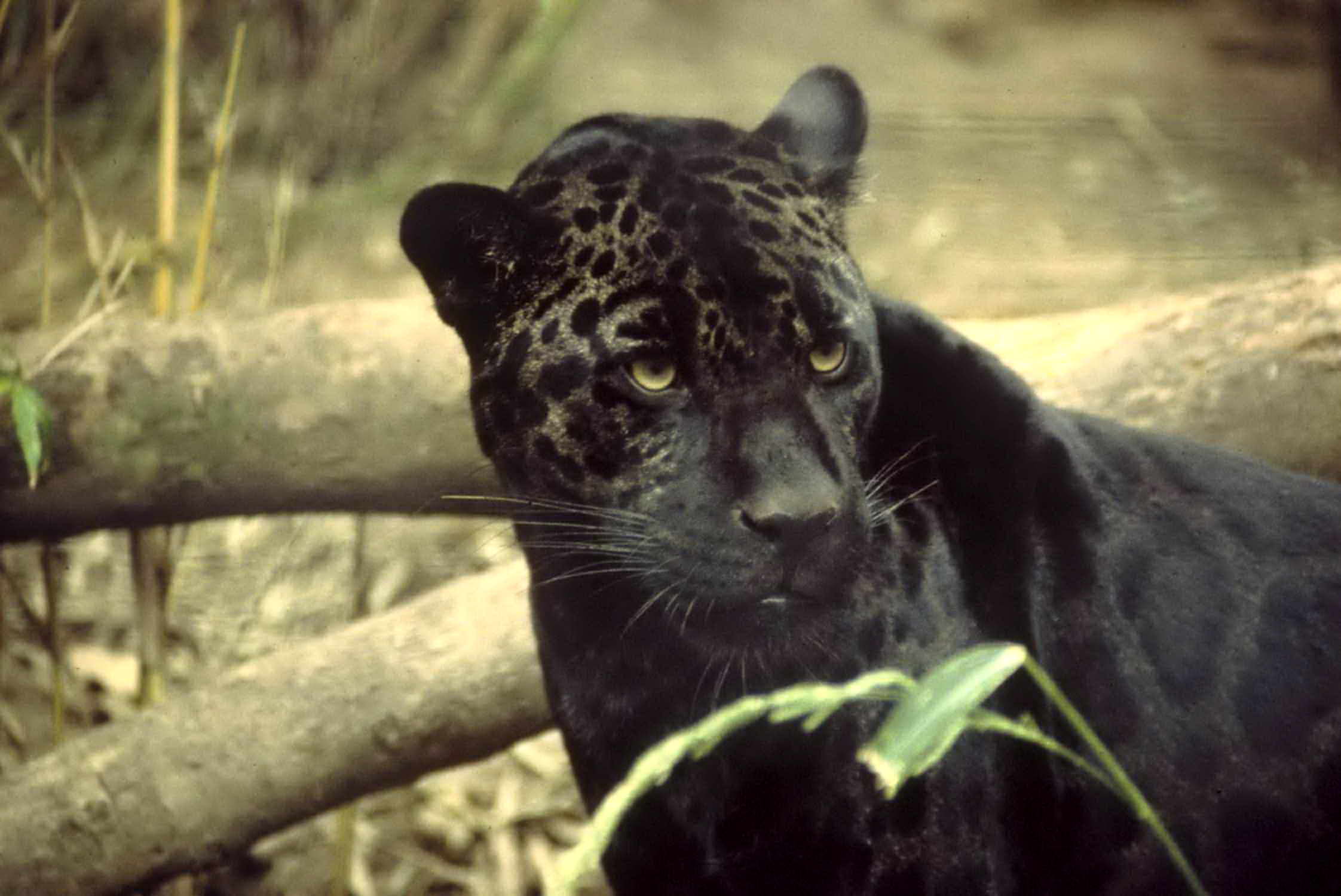
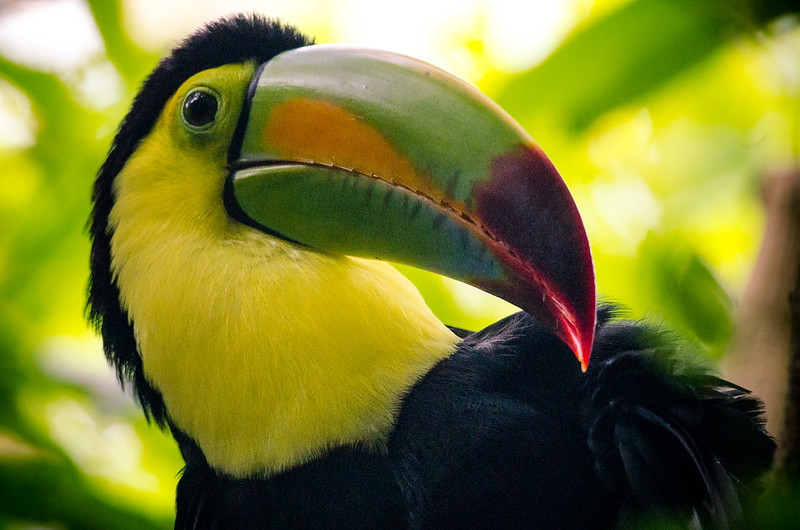
You will also find “Cenotes” which are fresh water lagoons. Most of them are oval or circular in shape and their size varies from a few tens of meters to almost two kilometers in diameter. They are generated due to the presence of freshwater springs, which sprout in the middle of brackish water swamps and allow the black growth of large trees.
There are 23 archaeological sites in the Sian Ka’an Reserve, including Muyil and Tampak, among others.
Rules and recommendations for your visit to the Sian Ka’an Reserve:
- Follow the instructions of the ANP (Protected Natural Area) staff and specialized guides.
- Use telescopes or binoculars to avoid getting close to wild animals.
- Take pictures and never take home “souvenirs” such as plants, animals, corals or any other species.
- Do not collect or harm the flora and fauna.
- Do not introduce animals or plants foreign to the region.
- Do not make noise in nesting areas for birds or other species.
- Do not wear too brightly colored clothing.
- Do not feed wild animals
- Do not throw objects or liquids into rivers, lagoons or bodies of water.
- Try to take the rubbish generated during the visit, or deposit it in a place designated for it.
- Use only biodegradable sunscreens.
- For no reason acquire plants or animals in danger of extinction.
- Use the marked trails.
The Riviera Maya is a paradise on earth, with amazing places to visit and, why not, to live. If you want to know different options to invest in real estate in this privileged area of the planet, at Select Riviera Maya Real Estate we can present you with a portfolio of investment alternatives that fit your budget, tastes and needs. Contact us!

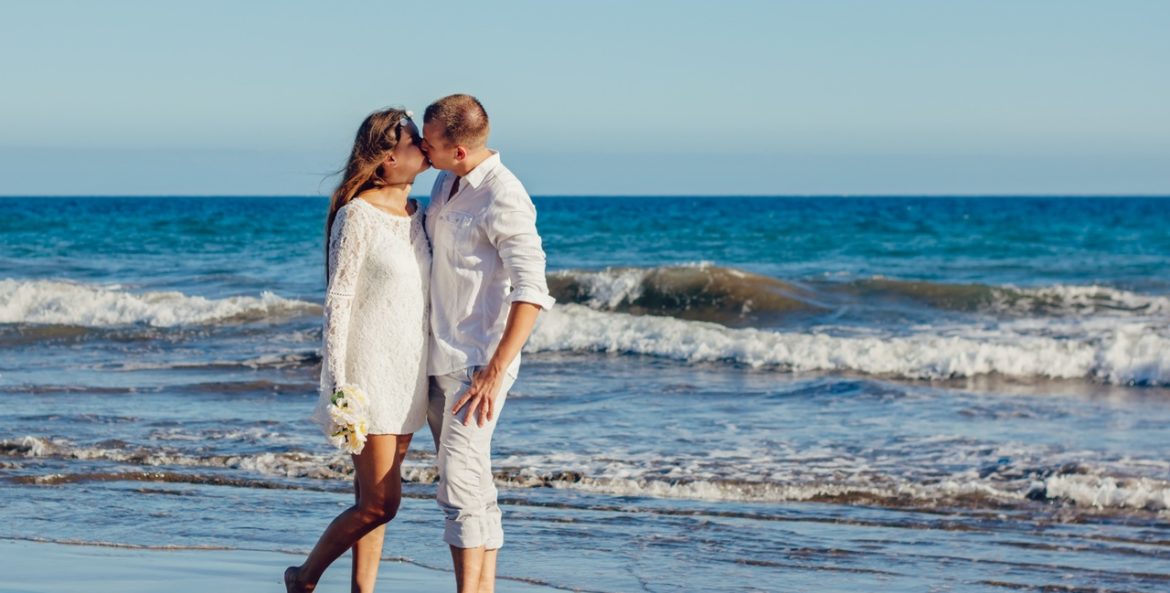
2 Comments
[…] to move to this paradise with an ecological and sustainable perspective. Its proximity to the Sian Ka’an Biosphere Reserve makes it a privileged place to be in contact with […]
[…] a doubt, a very good option given the significant rebound in tourism that the region is presenting. The natural wonders of the region, its turquoise sea, exuberant jungles, cenotes, underground rivers, and cultural offers make the […]